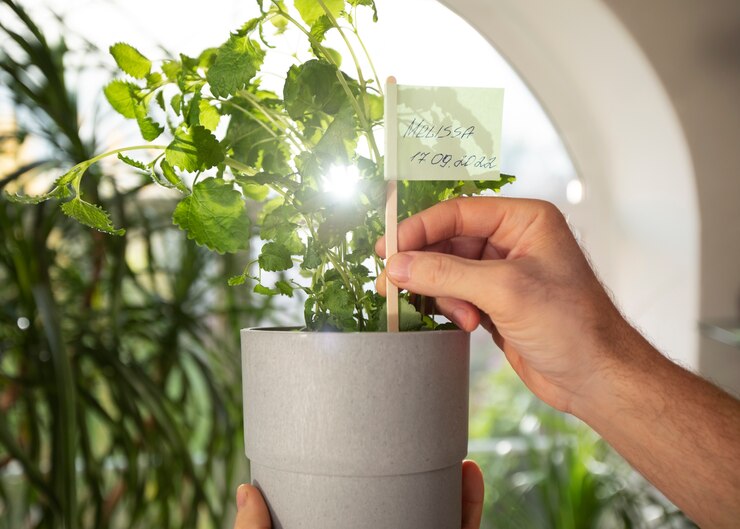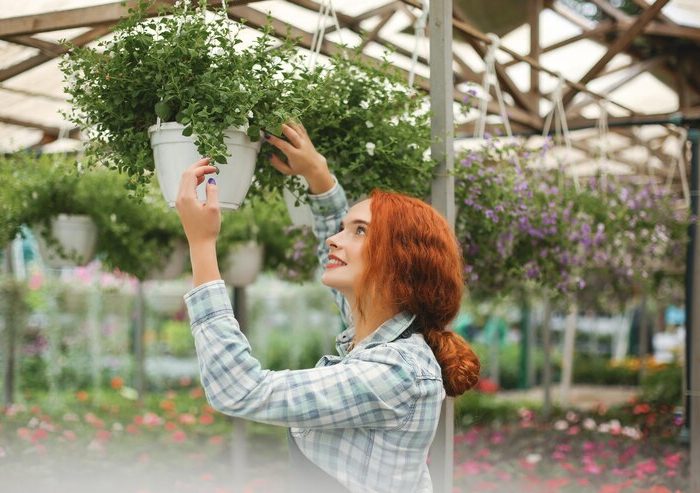While growing plants, there are several things that agriculturists should keep in mind. A significant issue that causes damage to plants is humidity. It is a considerable issue that leads to mould, mildew, pest problems, lower yield and poor plant health. If you are also struggling to prevent humidity, learn some practical ways through this article. With the help of various gardening products, you can avoid moisture and get a higher yield. Before knowing how to prevent humidity, you must know what damage happens to plants due to excess moisture.

Promotes Fungus
More humidity invites fungus to breed, which causes severe damage to plants. Humidity is the perfect environment for fungal diseases to spread fast. Various types of fungi flourish on plants that are mentioned below:
- Powdery Mildew: it is a fungal disease that appears similar to talcum powder on leaves, stems and flowers of the plant. It creates a barrier to photosynthesis and promotes leaf damage and low yield. Humidity is the major cause of its occurrence.
- Botrytis: small greyish fuzzy patches on different parts of plants are an indication that botrytis has attacked the plant root. It leads to the decay of plants and can spread rapidly throughout the growing space. The condition of botrytis indicates that effective treatments are essential.
Pest Problems
Humidity is prone to pest problems and infections. Pests like spider mites, whiteflies, fungus gnats, thrips, and aphids easily flourish in wet conditions and can worsen with insufficient airflow. Careful inspection and management are required to prevent humidity. Get rid of the fungal disease as soon as possible; otherwise, it will devastate crops.
Reduce Transpiration
Most of the time, fungal diseases attack the ability to transpire. It causes severe damage to complete plantations that lead to poor plant health and less or no yield. It destroys the roots of the plants, and the whole plant has to be removed if the fungus is not controlled on a timely basis.
Tips To Lower The Levels Of Humidity
Monitor Temperature: by regularly monitoring temperature, you can prevent humidity. You can use thermometers to record the humidity levels inside the tent. Several types of hygrometers are available at any Gardening products shop. It can help you by managing both relative humidity and temperature inside the tent. By measuring, you can take preventive measures accordingly to avoid excessive humidity.
Ensure Proper Ventilation: ample space for ventilation can prevent humidity to some extent. To reduce the excessive moisture, you should increase the speed of the fans. It promotes better airflow and ultimately results in reduced humidity. Other than fans, you may invest to buy LED grow lights online. It can prevent the humidity by accelerating evaporation.
Select Good Quality Dehumidifiers: Another way to prevent humidity in grow tents is to have quality dehumidifiers. It helps in creating the perfect balance of humidity and airflow in the growing space. There is a range of options available for dehumidifiers, and you can choose according to budget and requirements.
Get Some Grow Led Lights: to remove excess water, which is the primary cause of humidity, LED lights and lamps are also helpful. They produce an ample amount of heat, which evaporates the water droplets effectively and helps maintain an optimal temperature in the grow tents. You can buy LED grow lights online from gardening shops to promote higher yields.

Watch The Watering
Waterlogging or spillages sometimes causes humidity. First, check if the soil needs water. Then, you can give only optimal water that the soil absorbs quickly. With drip irrigation, you can control watering precisely. Capillary matting is also a better option for controlling watering. The matting absorbs the excess water and avoids waterlogging, which also controls humidity inside the grow tents.
Do Proper Pruning
Pruning is the best option for removing excess foliage. It is vital to maintain the plant’s health and shape. It also leads to a better flow of air, which prevents humidity. Reduced leaf surface due to pruning improves evaporation and also maintains space between the plants.
In conclusion, creating the ideal environment for plants to grow is the ultimate way to get a higher yield. Managed humidity lowers the risk of plant disease, pests, and fungal and bacterial infections. Different stages of plant growth require optimal humidity levels. Sometimes, you need to increase the humidity as well, but ensure that fungus and other bacteria do not attack the plants.



Leave A Reply